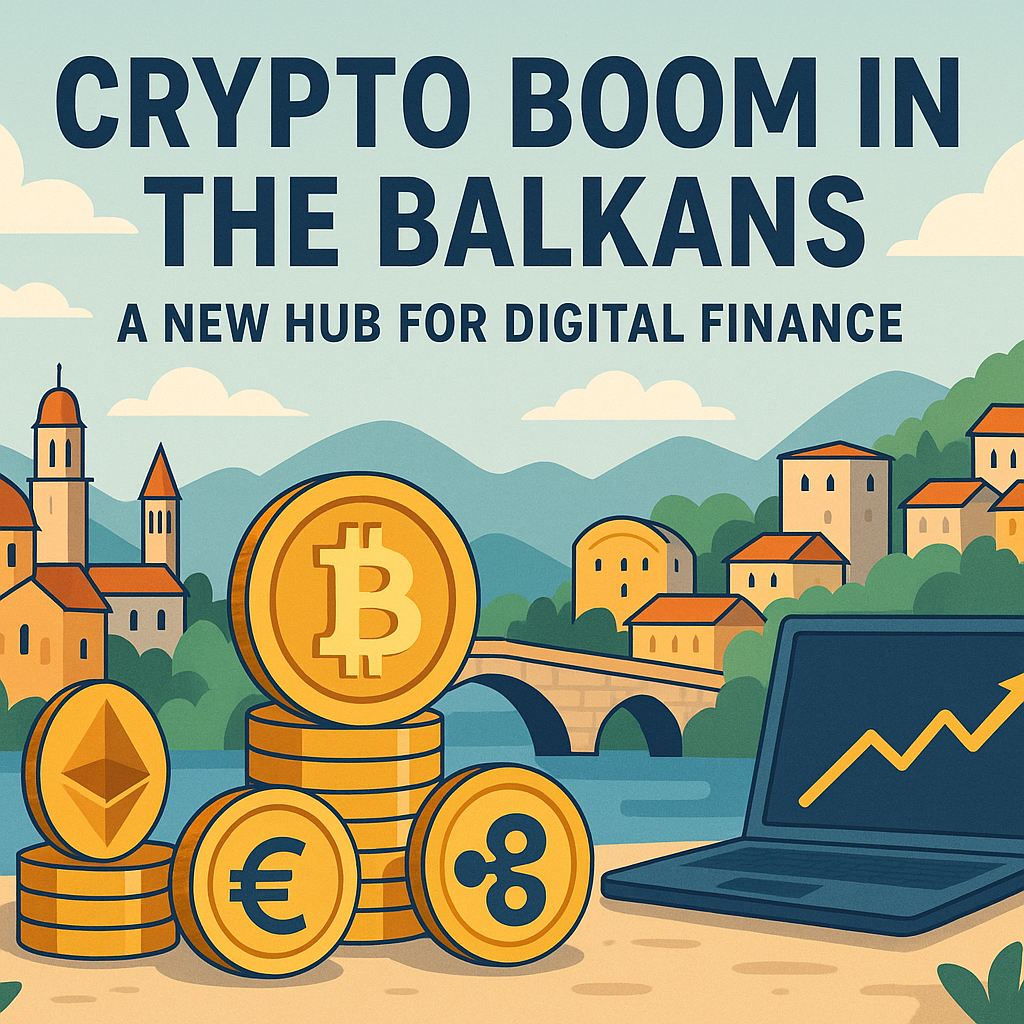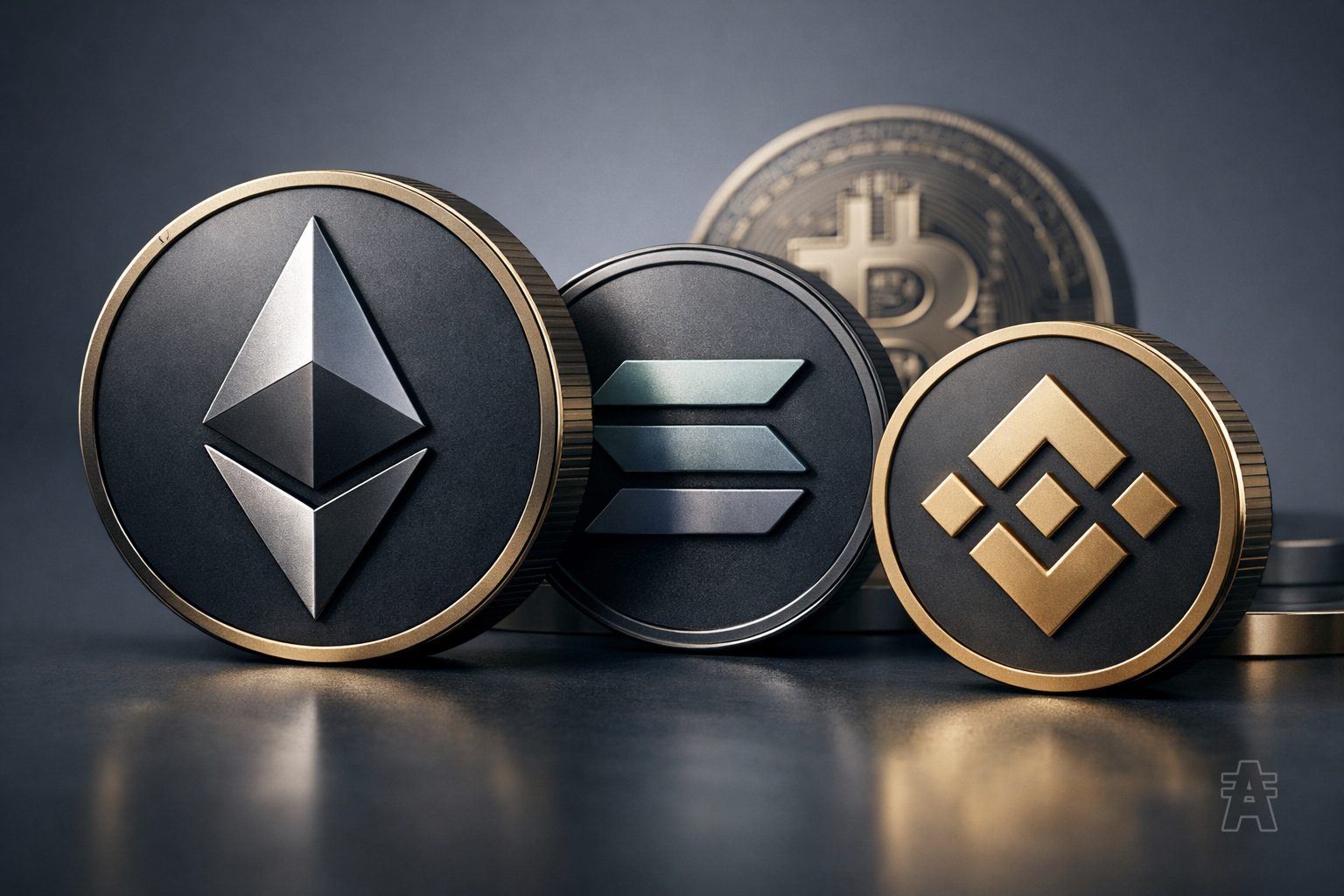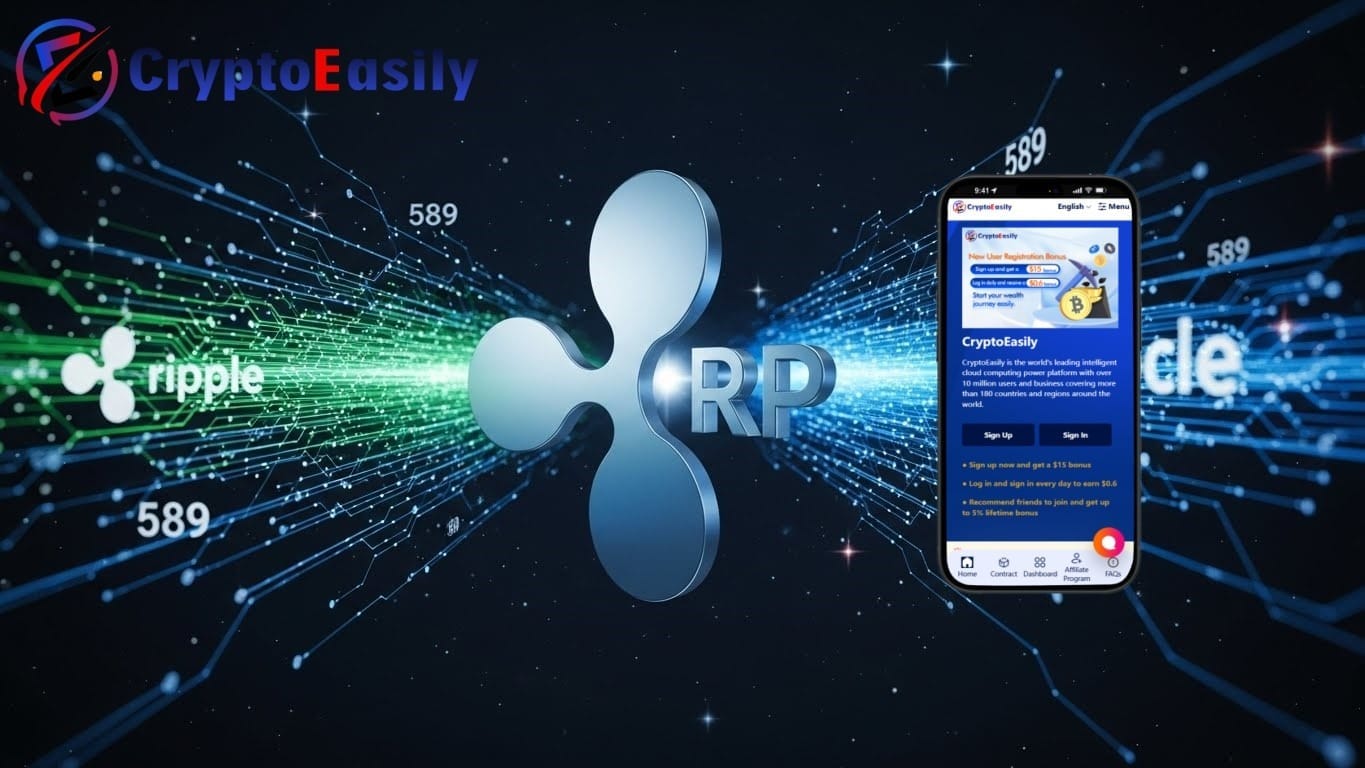Table of Contents
In a world where digital transformation is reshaping industries and the ways we interact, cryptocurrencies stand as a beacon of innovation and disruption. Cryptocurrencies have now cemented their place in the global financial landscape. They have not only democratized finance but also spawned an entirely new ecosystem, complete with novel investment opportunities, digital assets, and decentralized applications.
From the meteoric rise of Bitcoin to the vast potential of Ethereum 2.0, the crypto space is brimming with opportunities and challenges alike. Institutions are embracing digital assets, governments are scrutinizing regulations, and innovations like Non-Fungible Tokens (NFTs) are capturing the imagination of artists and collectors.
Trend 1: Cryptocurrency Regulations
Across the globe, governments and regulatory bodies are grappling with the challenge of framing precise rules that strike a balance between fostering innovation and ensuring consumer protection. While some nations have embraced crypto with open arms, others have taken a more cautious approach. The need for more accurate regulations is urgent, particularly to deter cyber criminals and ensure market stability. Yet, this ambition comes with its challenges, such as jurisdictional overlaps, differences in international policies, and the rapidly evolving nature of the technology itself.
Trend 2: Corporate Crypto Integration
The integration of cryptocurrencies and blockchain technology into the corporate sector marks a significant trend that has picked up momentum. Major corporations across various industries are exploring and adopting these digital innovations, not just as a form of payment but as a transformative business tool. From behemoths like Microsoft and Google to emerging startups, the utilization of cryptocurrencies, NFTs, and decentralized applications is becoming increasingly prevalent. This move towards digital assets signifies a broader acceptance of cryptocurrencies and highlights their potential beyond mere speculative investment.
Trend 3: The Rise of Web 3.0
Web 3.0, often referred to as the "decentralized web," is emerging as a revolutionary advancement in Internet technology. Unlike previous iterations, Web 3.0 aims to create a more intelligent, user-centric web that leverages decentralization, semantic understanding, and machine learning with blockchain technology. The connection to cryptocurrencies lies in the adoption of blockchain technology, enabling the creation of decentralized applications (dApps) and fostering a peer-to-peer environment. This shift signifies a move away from central control by large corporations, with cryptocurrencies playing an essential role in the new web's economic layer.
Trend 4: Ethereum 2.0 Evolution
The evolution of Ethereum 2.0 has profound implications for the future of Ethereum and the broader blockchain landscape. By transitioning to PoS, Ethereum aims to reduce energy consumption significantly, aligning with global sustainability goals. This shift also paves the way for greater scalability, enabling faster transactions and more complex applications on the Ethereum blockchain. The introduction of features such as shard chains further enhances the network's ability to handle increased demand. For investors and developers, Ethereum 2.0 offers potential benefits in terms of increased security, decentralization, and flexibility in creating and interacting with decentralized applications.
Trend 5: Emergence of Layer 2 Smart Contracts
The emergence of Layer 2 smart contracts is paving the way for more accessible and scalable blockchain platforms, contributing to mainstream adoption. These innovative solutions significantly reduce transaction costs and processing times, making decentralized applications more appealing to both developers and end-users. By improving scalability and efficiency, L2 smart contracts are enabling new business models and use cases that were previously unfeasible on congested L1 platforms. This trend reflects the ongoing evolution of blockchain technology, focusing on user experience and practical utility. In the long run, the increased flexibility and efficiency offered by L2 solutions may drive broader acceptance of blockchain and cryptocurrencies, fostering innovation and growth within the industry.
Bonus Trend 6: Expansion of the NFT Market
The growth of the NFT market has profoundly impacted the way artists and creators operate. By tokenizing their work, artists can now directly reach their audience without intermediaries, retaining more control and profit. NFTs also provide a new revenue stream, allowing artists to earn royalties each time their work is resold. This democratization of the creative industry has fostered innovation, enabling independent creators to thrive in a space previously dominated by traditional galleries and corporations.
Moreover, the surge in NFT popularity extends beyond the art world. From virtual goods in gaming to tokenized real estate, NFTs are redefining ownership and exchange in the digital realm. As NFTs continue to evolve and find new applications, they have the potential to revolutionize various industries, setting new standards for digital ownership and value.
The expansion of the NFT market is not only a trend within the crypto community but a broader cultural shift that reflects the evolving relationship between technology, creativity, and commerce.








